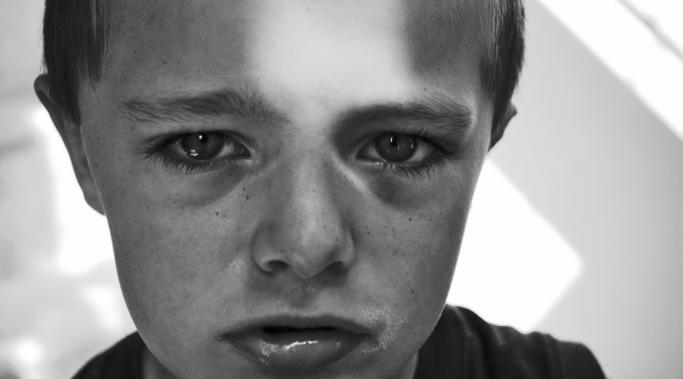As a little girl, I loved going to bed at night. Alone under the covers, the room dark and quiet, I went away. I wasn't asleep, though I drifted off eventually. I was just gone. It was the most glorious relief. It was my secret trick, this disappearing act. I didn't know then that it's name is dissociation, or that it took many forms and existed to meet my needs. I called it "thinking." Even today, when someone brings me back from another place with a question or comment I often reply, "Oh sorry, I was just thinking." Even today, my ability to disappear is my greatest comfort. And it was born of an enormous need. This unmet need for comfort, The Comfort Factor, is one of the reasons I have Dissociative Identity Disorder.
Causes of DID
Dissociative identity disorder (DID) is a trauma disorder usually caused by childhood abuse, but we don't often talk about the age factor in the development of DID. I struggled for a number of reasons to accept my DID diagnosis, not the least of which is the hyperfocus on trauma (to the near total exclusion of all other developmental causes of DID) in popular understanding of DID. I couldn't make sense of the fact that I knew people who survived truly horrific circumstances and didn't have DID. Now I know that although trauma is the key ingredient, without which DID - it would seem - simply doesn't manifest, it isn't the only ingredient.
Monday's blog focused on the role physiological and psychological sensitivity played for me in developing dissociative identity disorder. Today we tackle denial. The second of my four categories of causation, The Denial Factor, postulates that the chronic refusal to acknowledge trauma has a direct dissociative effect on the malleable identity of a child. I believe that for me and countless others, denial was a harbinger of dissociative amnesia and a potent force in the journey from trauma to DID.
On Thursday, I discussed trauma, a contributing factor in the development of Dissociative Identity Disorder, and how assumptions about the severity of that trauma initially scared me into rejecting my DID diagnosis. But through research, meaningful dialogue, and no small amount of rumination, I more clearly understand now why I have DID. I identify four categories of causation, the first of which I call The Sensitivity Factor. Having come into this world a highly sensitive being, traumatic stress can easily surpass my tolerance threshold. Subjected repeatedly to situations that overwhelmed my capacity to cope, dissociation became my only escape.
One of the obstacles I encountered in coming to terms with my dissociative identity disorder (DID) diagnosis was the idea that DID is by and large caused by horrendous abuse. Because DID and unimaginable trauma were intrinsically linked in my mind, I thought accepting my diagnosis required believing that I had suffered inconceivable horrors, repressed memories of child abuse that were lurking somewhere in the recesses of my dissociative mind. I didn't want to believe that, so I rejected the diagnosis altogether. I wish I'd known that tolerating ambiguity is part of dissociative living, and that it's possible to reconcile yourself to having DID without making assumptions about your history.




